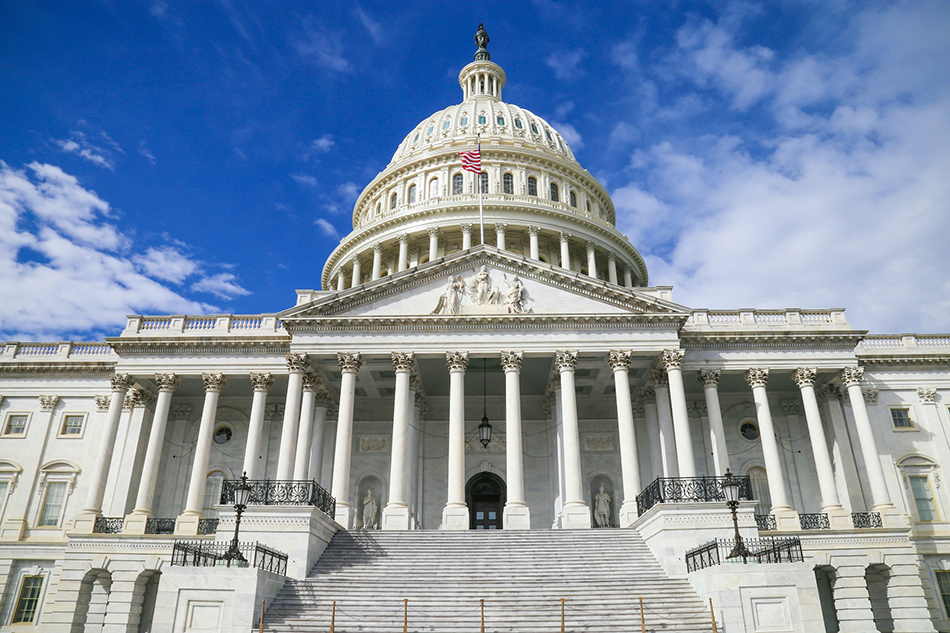Over 30 representatives from biodefense companies joined the Biotechnology Innovation Organization (BIO) on Capitol Hill in November to meet with bipartisan congressional leaders to advocate for the reauthorization of the Pandemic and All Hazards Preparedness Act (PAHPA). Reauthorization of this law is supported by a broad list of more than 110 stakeholders.
The fly-in marked the biotechnology industry’s strong call for Congress to reauthorize PAHPA before the end of the calendar year, and with the same bipartisan support it has had since its original authorization 17 years ago. While certain baseline PAHPA authorities have been extended on a short-term basis with government funding, PAHPA expired on September 30, 2023, and has yet to be reauthorized. The industry says this oversight sows uncertainty amongst preparedness and response stakeholders and partners.
In a joint letter to Congress, stakeholders noted, “The last three PAHPA reauthorization packages shared major recurring themes: they all adjusted to the changing threat landscape, focused on challenges identified since the prior bill, and strengthened our nation’s health security with each reauthorization. A new reauthorization bill would continue to do that by strengthening existing programs and continuing to adapt and improve America’s health security infrastructure for new and future challenges.”
Congress has a responsibility to keep pace with threats and technology
The crux of the call to reauthorize PAHPA is the fact that key provisions of the law are needed to maintain the critical partnerships between the public and private sectors to sustain medical countermeasure (MCM) development and to keep pace with emerging chemical, biological, radiological, and nuclear (CBRN) threats facing the United States.
PAHPA undeniably acts as the lubricant for legislative and industry flexibility and adaptability when it comes to maintaining national security by preparing for an ever-changing threat landscape and advancements in technology. This is especially true in the post-COVID era and with the rise of natural threats like H5N1 bird flu, mpox, and Eastern equine encephalitis (EEE)
After PAHPA expired, Congress passed smaller case-by-case authorities. However, as BIO explains in their point-by-point letter, “Extending a handful of authorities is not a substitute for a full reauthorization of PAHPA. The current patchwork sends the signal that the programs and authorities Congress has let expire are no longer a priority, creating uncertainty amongst preparedness and response stakeholders and partners.”
Extending the law on a longer-term basis, BIO and stakeholders argue, provides the private market with the signal it needs to continue making long-term investment decisions in MCMs. Companies also provided context for the importance of maintaining and improving upon functionalities and authorities at the Administration for Strategic Preparedness and Response (ASPR), Biomedical Advanced Research and Development Authority (BARDA), the Strategic National Stockpile (SNS), and Project BioShield, as well as authorizing a pathogen-agnostic viral family approach which ensures that BARDA can take a broad approach to combating the next unknown threat.
“Given the long, expensive development cycle of these MCMs and the difficulty in attracting capital to their development (given limited or no commercial market),” BIO writes, “even small gaps in PAHPA’s authorization can stifle innovation by deprioritizing resources companies can deploy on MCM development.”
Ultimately, as BIO’s CEO John F. Crowley has explained as part of BIO’s seven core strategic priorities, “Our biotechnology industry is a national security asset.”
“We think about what we need to do to prepare for the next pandemic,” he continues. “How would we respond to a bio terror attack? We need that resiliency. We need the ability to provide for the public health in those very extraordinary circumstances. I can’t think of anything more important to our national security than ensuring a vibrant public health.”




